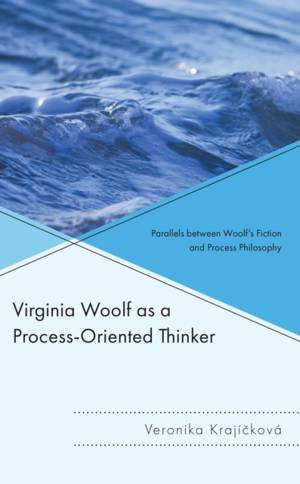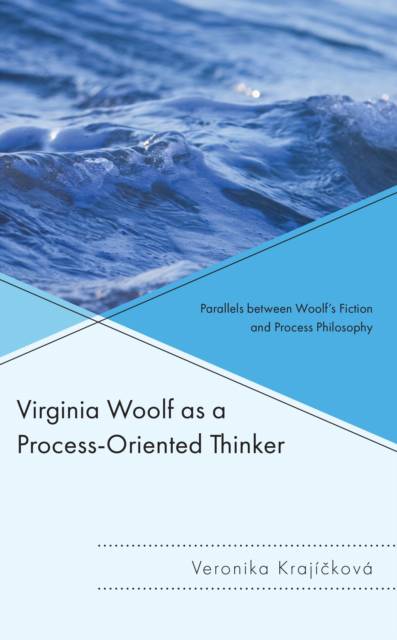
- Afhalen na 1 uur in een winkel met voorraad
- Gratis thuislevering in België vanaf € 30
- Ruim aanbod met 7 miljoen producten
- Afhalen na 1 uur in een winkel met voorraad
- Gratis thuislevering in België vanaf € 30
- Ruim aanbod met 7 miljoen producten
Zoeken
Virginia Woolf as a Process-Oriented Thinker
Parallels between Woolf's Fiction and Process Philosophy
Veronika Krajícková
€ 145,45
+ 290 punten
Omschrijving
This book introduces Virginia Woolf as a nondualist and process-oriented thinker whose ideas are strikingly similar to those of her contemporary, Alfred North Whitehead. The author argues that in their respective fields, the two thinkers criticized the materialist turn of their time and attempted to undermine long-rooted dualisms.
Specificaties
Betrokkenen
- Auteur(s):
- Uitgeverij:
Inhoud
- Aantal bladzijden:
- 200
- Taal:
- Engels
- Reeks:
Eigenschappen
- Productcode (EAN):
- 9781666942293
- Verschijningsdatum:
- 10/10/2023
- Uitvoering:
- Hardcover
- Formaat:
- Genaaid
- Afmetingen:
- 152 mm x 229 mm
- Gewicht:
- 467 g

Alleen bij Standaard Boekhandel
+ 290 punten op je klantenkaart van Standaard Boekhandel
Beoordelingen
We publiceren alleen reviews die voldoen aan de voorwaarden voor reviews. Bekijk onze voorwaarden voor reviews.








